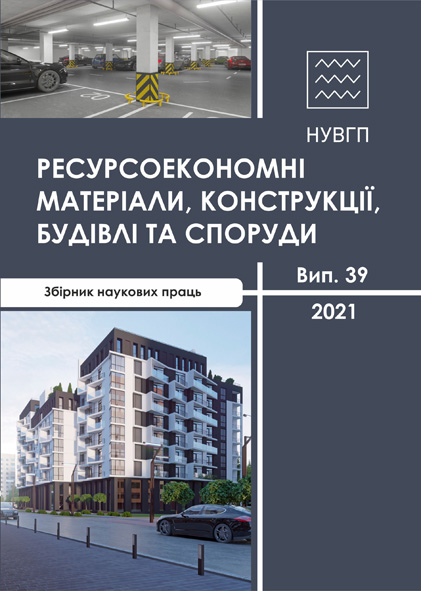COMPLEX SAFETY OPERATION OF BUILDING STRUCTURES
DOI:
https://doi.org/10.31713/budres.v0i39.023Abstract
The presence of cracks in the material of the structure determines the permanent nonequilibrium state of the structure as a whole and its individual components. This contributes to the development changes in organization system of the structure, an increase in its structural diversity and, as a result, the transition to a more equilibrium and stable state. This allows us to conclude about the structure-forming role of cracks in the structural development of building structures. At the same time, there is no other reason for the destruction of structures as through the irreversible development of cracks. Therefore, it is necessary to analyze the dual role of cracks from the point of view of studying the conditions for the transition from cracks performing a creative role to cracks causing the destruction of building composites, and to show the effect of cracks in ensuring the safe functioning of structures and products, which was defined as research objectives. The safety work of the structure is associated with the provision of external and internal safety. Integrated safety presupposes self-preservation of the main parameters of properties under the influence of external and internal factors. This, in turn, to a certain extent guarantees the prevention of dangerous situations during the interaction of this structure with other structures and elements surrounding it. Ensuring the safe functioning of a structure as an open complex dynamic system is associated with the directed organization of its initial structure, which contains, as a control factor, a certain set of induced active, metastable and conservative elements. Depending on the type of external loads, the induced elements, through changes in their own parameters, through interdependent interactions and mutual influence, contribute to the preservation of the integrity of the system and its safe operation.

